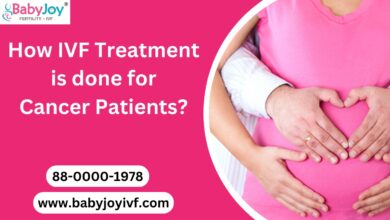Food Allergies in Children: What Every Parent Should Know

Food allergies are a significant concern for many parents, affecting not only their children’s health but also their daily lives. Understanding food allergies in children is crucial to ensure their safety and well-being. In this article, we will explore what every parent should know about food allergies in children, including the common allergens, symptoms, diagnosis, management, and steps to promote a safe environment.
Common Food Allergens
Food allergies can develop to various types of food, but some are more commonly associated with allergic reactions in children. The most common food allergens include:
- Milk
- Eggs
- Peanuts
- Tree nuts (such as almonds, walnuts, and cashews)
- Soy
- Wheat
- Fish
- Shellfish
It’s essential for parents to be aware of these allergens and the potential risks they pose to their child.
Allergy Symptoms
Food allergy symptoms in children can range from mild to severe and may appear shortly after ingesting the allergenic food. Common symptoms include:
Hives or skin rashes
- Swelling of the face, lips, or tongue
- Difficulty breathing or wheezing
- Coughing or sneezing
- Stomach cramps or vomiting
- Diarrhea
- Anaphylaxis, a severe and potentially life-threatening reaction that can cause difficulty breathing, a drop in blood pressure, and loss of consciousness
Diagnosis and Allergy Testing
If you suspect your child has a food allergy, it’s important to seek a proper diagnosis. Allergy testing, under the guidance of a healthcare professionals, is the most reliable way to determine which foods trigger allergic reactions. Testing may involve skin prick tests, blood tests, or oral food challenges.
Management and Avoidance
Once a food allergy is confirmed, management and avoidance become key. Parents should:
Read Labels: Carefully read food labels to identify potential allergens in packaged foods.
Educate Others: Ensure that caregivers, teachers, and family members are aware of the child’s food allergies and how to respond in case of an allergic reaction.
Carry Medication: In cases of severe allergies, it’s crucial to have an epinephrine auto-injector (EpiPen) on hand for emergency treatment.
Teach Your Child: As children grow, teach them to recognize their allergens, ask about ingredients, and advocate for their safety.
Promoting a Safe Environment
Creating a safe environment for your child with food allergies is essential. This includes:
- Nut-Free Zones: Encourage nut-free policies in schools, and inform teachers and parents about your child’s allergies.
- Careful Food Handling: When hosting gatherings, ensure the food served is safe for your child. Label allergenic foods clearly.
- Open Communication: Maintain open communication with your child, helping them understand their condition and what to do in case of accidental exposure.
Food allergies in children can be a source of concern for parents, but with knowledge, vigilance, and proper management, you can ensure your child’s safety and help them lead a healthy and fulfilling life. Education, communication, and medical guidance are essential in addressing food allergies in children and promoting a safe and inclusive environment for all.




